| My pages about the area around Lake Mälaren |
| My travel stories | My photo impressions | ||
| Anundshög | Stingsmossen | ||
| Eskilstuna | Strängnäs | ||
| Fiholm | Sundbyholm | ||
| Gripsholm | Västerås | ||
| Häljesta Rock Carvings | Vallby Open Air Museum | ||
| Mariefred | Örebro | ||
| Sigurdsristningen |

I guess it is time that I write a bit more about 'my' area of Sweden: the area around Lake Mälaren! Mälaren is the third largest lake in Sweden and it also the area that I now call my home. I have been living here for approximately 15 years; to be exact, from the first day that I moved to Sweden. And Västerås is the city where my office is located.
All the photos in the collage below are clickable, so you can view the larger photo.
Impressions of Västerås
Sweden
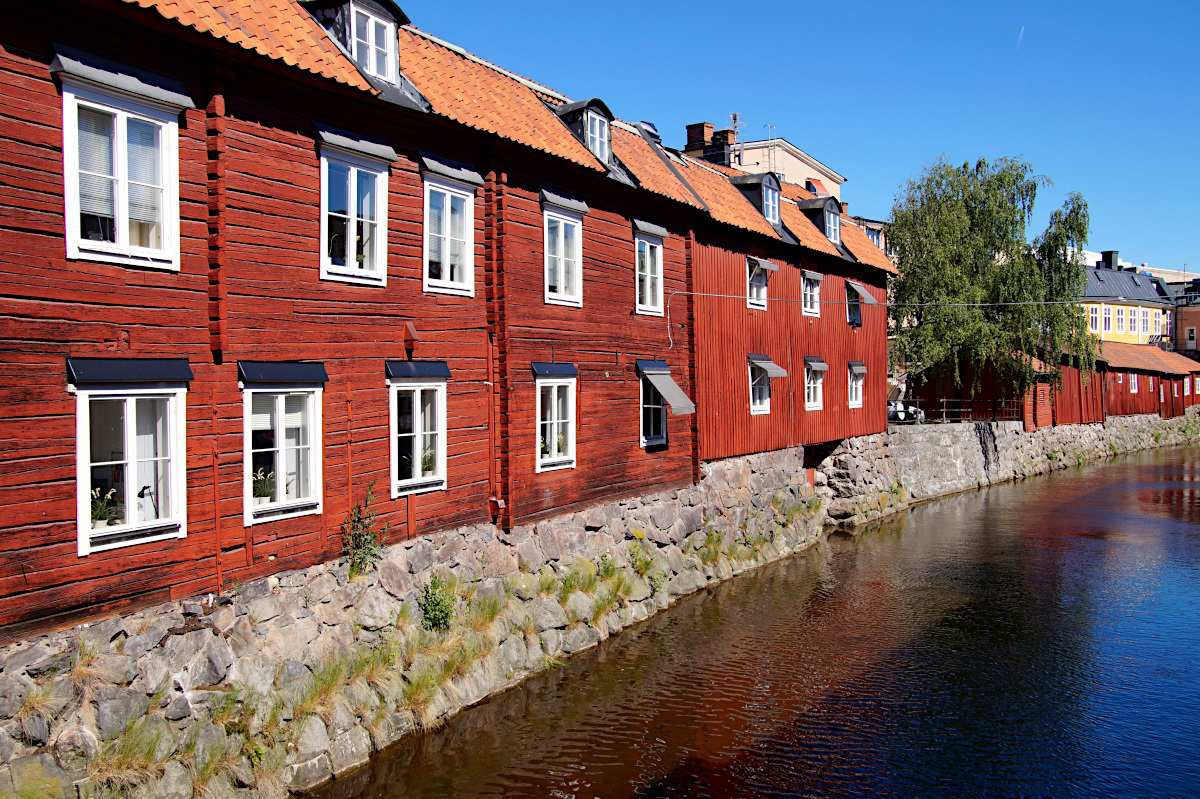
This is going to be a page with an impression about the place where I work: Västerås, at the shores of Lake Mälaren.
I write a lot about my travels, but I guess, never so much about the places where I am daily.
Please let me present to you Västerås and its surrounding on a rare occassion that I am not here for work, but just for relaxing and sightseeing, and see my place through my images.
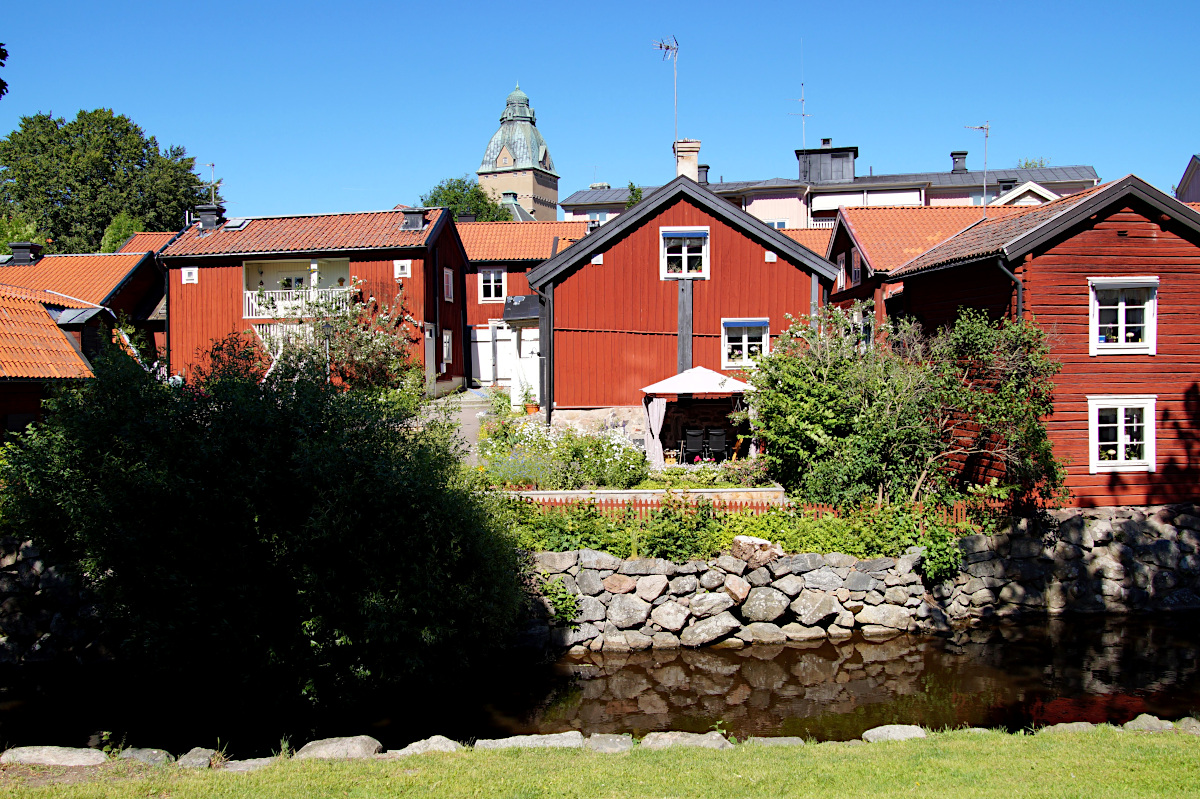
Västerås is located along the river "Svartån".
Västerås is a big city, with about 125.000 inhabitants, which makes it one of the top 10 cities of Sweden. Västerås is also one of Sweden's oldest cities, dating back to the end of the 1200's. Today Västerås is a modern industrial city, but it has some places really worth while to visit.
Västerås had been an established market site since the time of the Vikings. During the Viking times the name of the city was Västra (west) Aros (river delta) and has now evolved to the name Västerås.
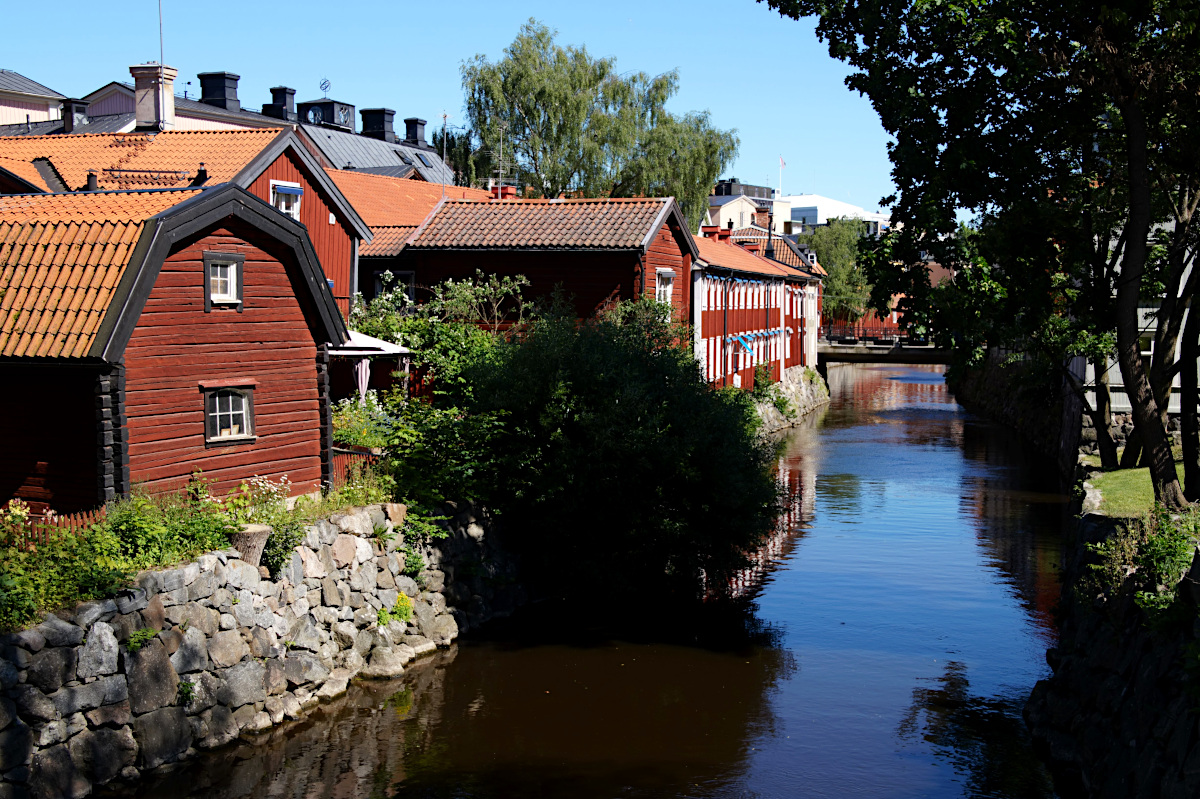
Kyrkbacken
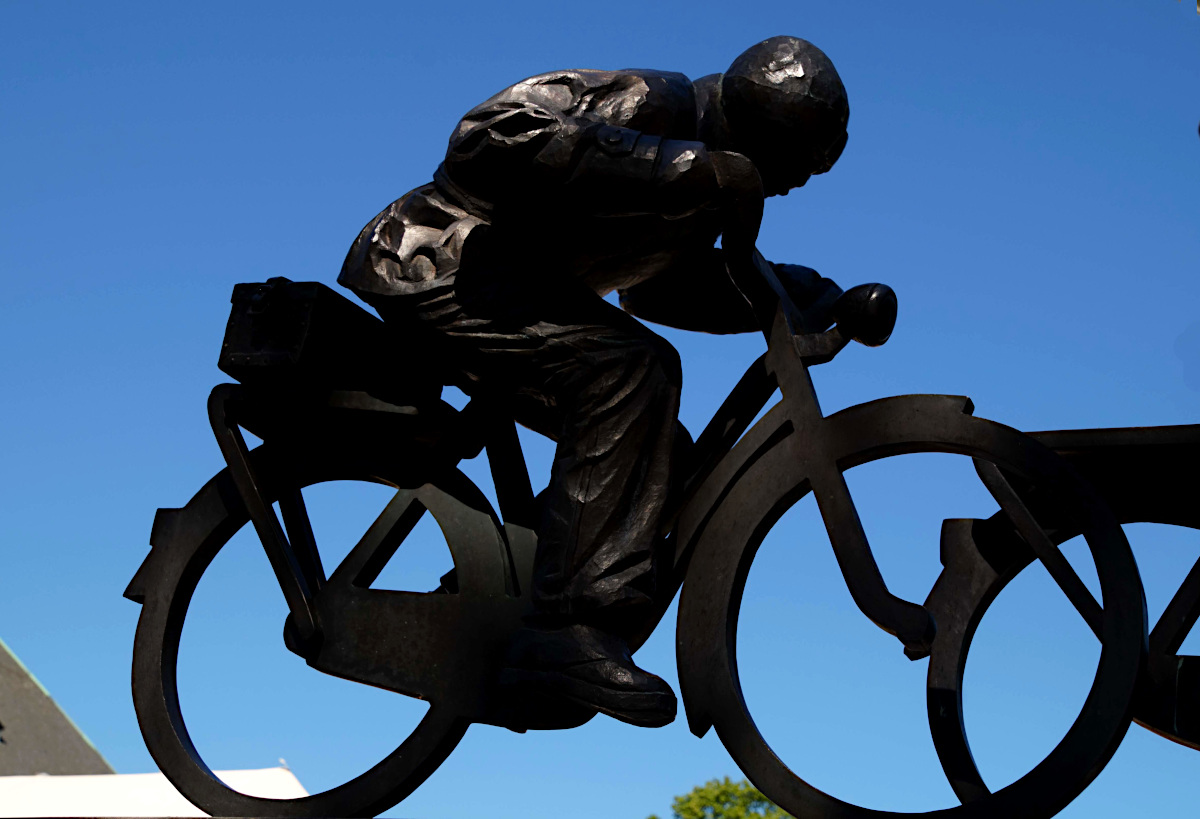
'The ASEA-strömmen'
After this short introduction of Västerås, let's go into town and have a look around. Let me start with this statue called 'The ASEA-strömmen' (ASEA-current) which shows a characteristic Västerås view. You can see the workers cycling home from ABB (the former ASEA). The details in the statue are great, it looks so realistic, even the lunchbox of the workers isn't missing :-) The statue is located on the main square of Västerås (Stora Torget) and has been here since 1989. I really loved this sculpture, maybe because it reminded me a lot of my own trips on the bicycle, to and from work and also from school.
The sculpture was made by B.G. Broström. A fun detail is that he even included his own father among the bicyclists.
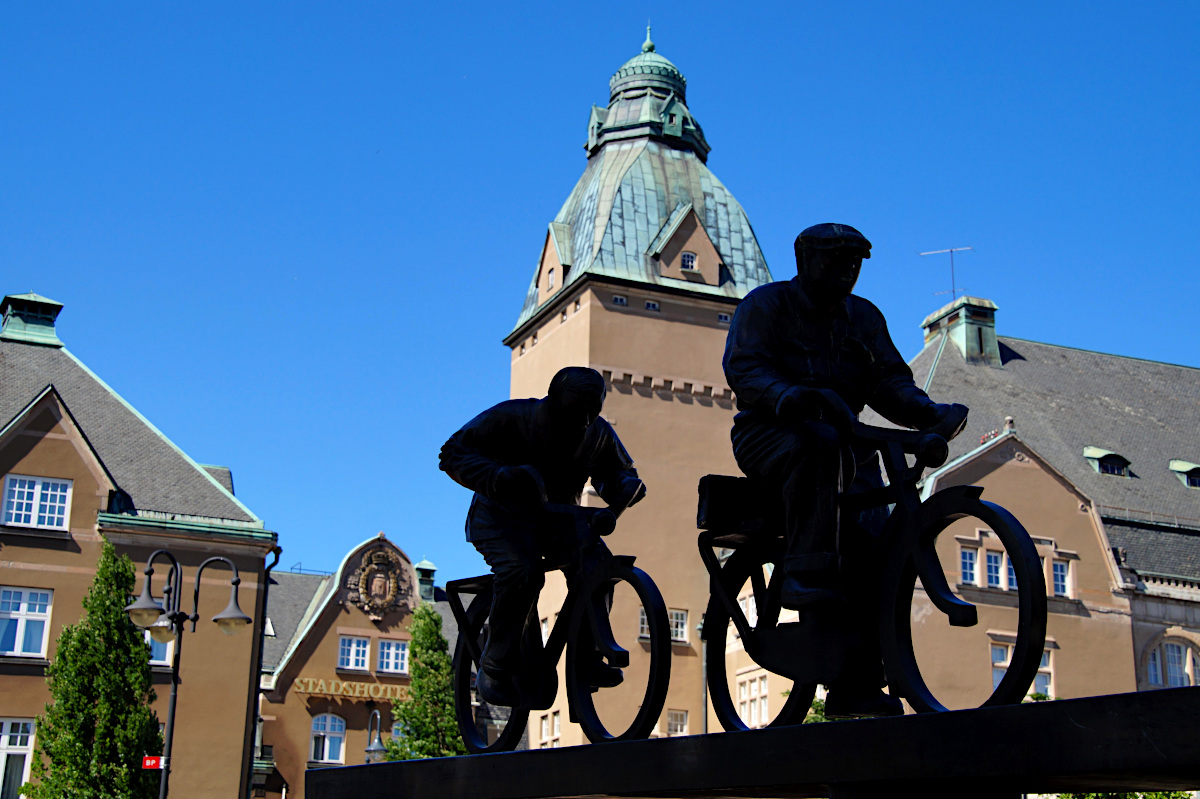
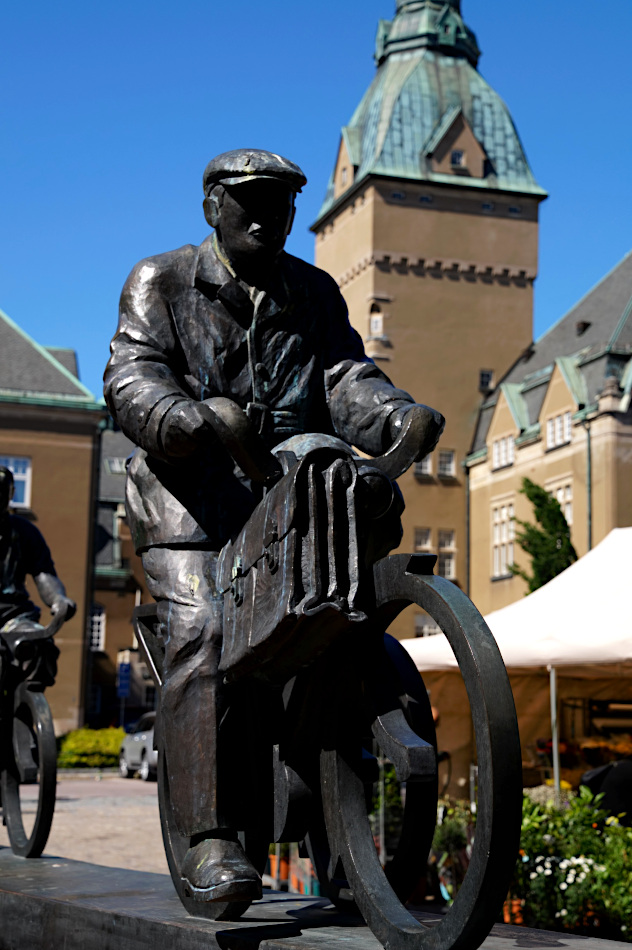
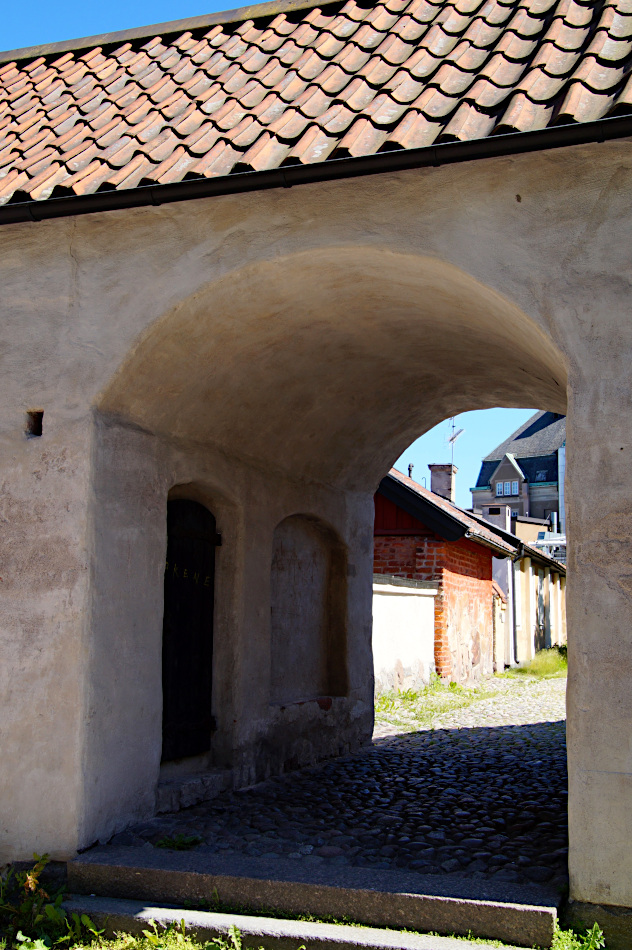
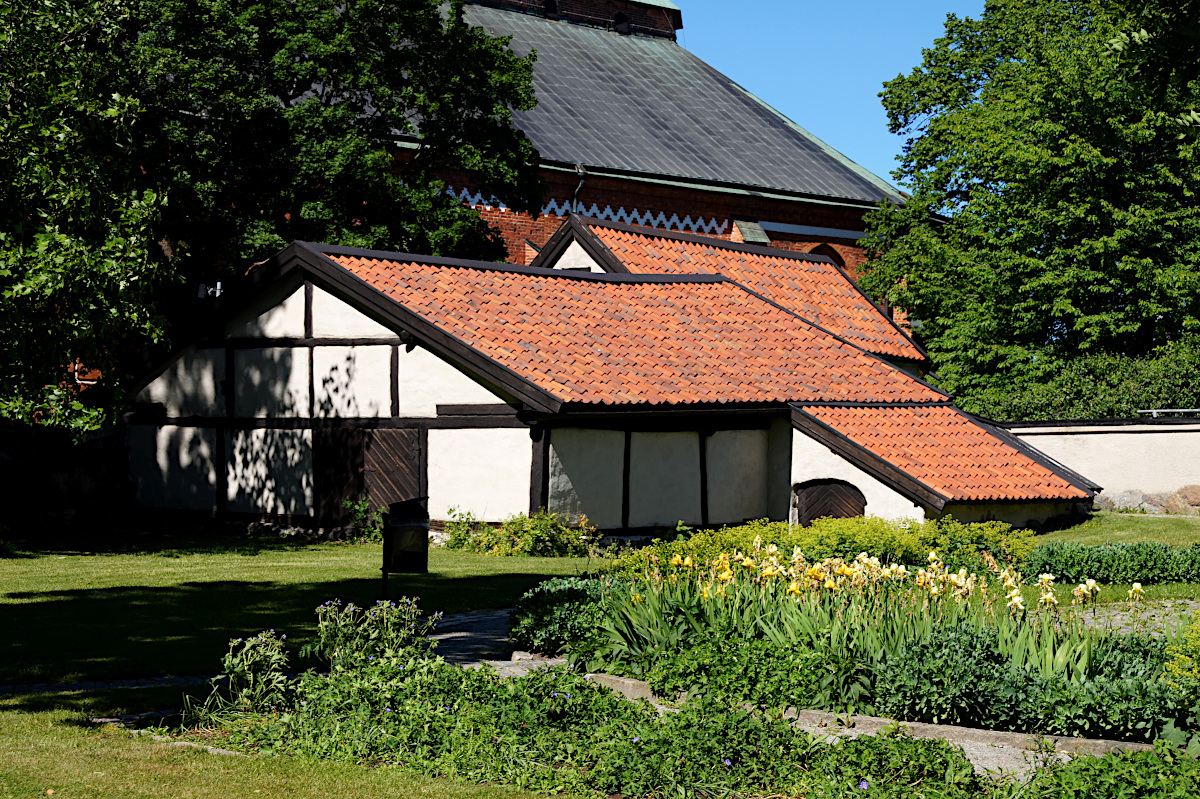
Proban is located between Stadshotellet and Domkyrkan in Västerås. "Proban", or "prubban", was the term for the prisons that individual educational institutions had in older times, primarily to be able to punish their students. However, even teachers, priests and officials could end up in probation. The word proba comes from Latin and means school prison.
The only school prison preserved in Sweden is in Västerås in connection with the current Rudbeckian high school and the cathedral. The building, whose basement served as a school prison, has been dated to the Middle Ages and was taken out of use as a school prison in 1801.
In the church ordinance of 1571, it was stipulated that in addition to punishment with a cane and the likes; the proba could also be used. Västerås Proban was built in connection with the first High School in 1623.
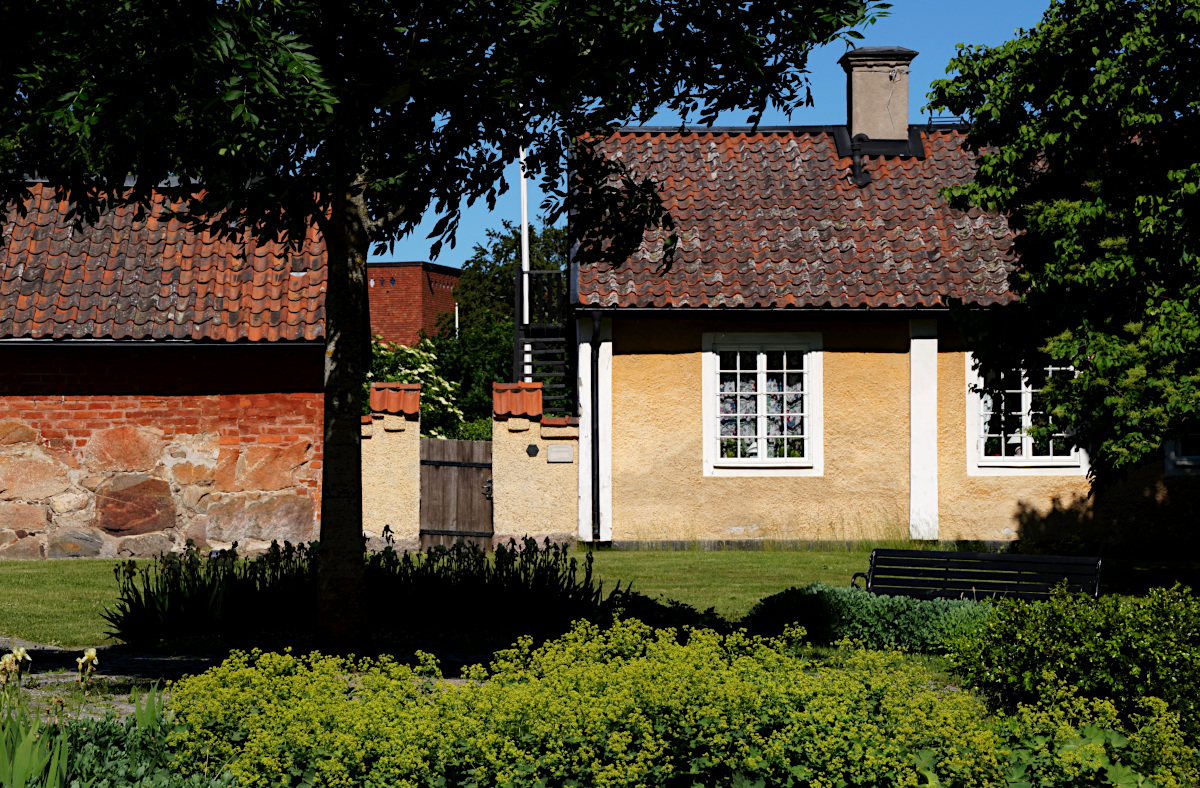
The assistant vicar's former residence dating back to the 1600's
Sundénska gården
Photo above is of the Sundénska gården, a former merchant and teacher residence and the only one remaining of these residences from the 1600s surrounding the gymnasium and cathedral.
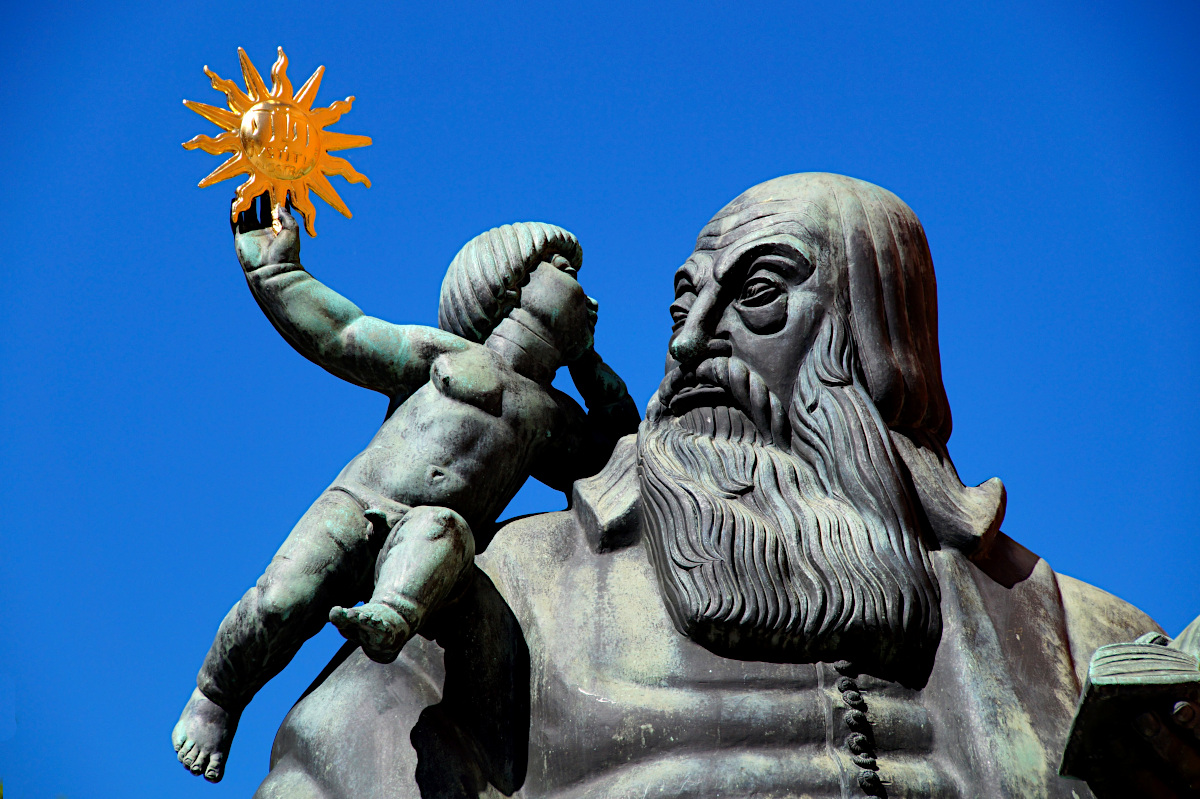
Johannes Rudbeckius
This is the statue of Bishop Johannes Rudbeckius. He is the famous Västerås bishop (1619-1646) and founder of the gymnasium. He was a strong pioneer whose activities meant a lot for the city. You can see this statue of him is in front of the cathedral. The statue is made by Carl Milles. Carl Milles is the artist that also made the beautiful statue (one of my favourites) in Eskilstuna, called the 'Hand of God'.
https://www.wikiwand.com/sv/Johannes_Rudbeckius_(staty)
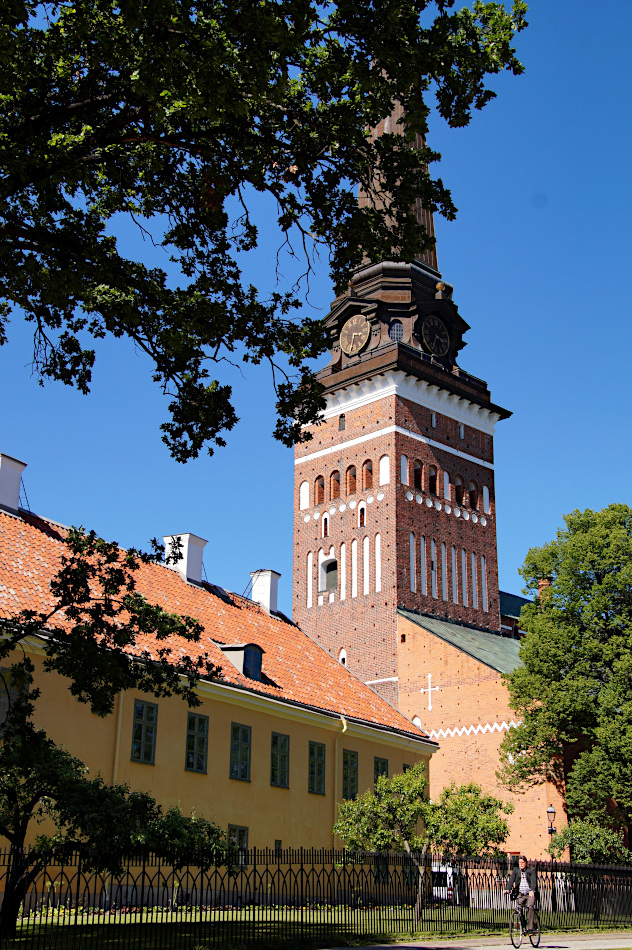
During the Middle Ages, Västerås became one of Sweden's most important cities. While the Cathedral was the center for the spiritual life, the financial core was trade dominated by iron products shipped from the Bergslagen mining district. At first the square was long and narrow, but has been widened over time. In the 1780's, the Deanary was built on the side and in the early 1900s the City Hotel.
The Cathedral corner stone was laid some 800 years ago, probably on the site of an older edifice. Towards the end of the 1600s it was crowned with the current spire. West of the cathedral is the house where the bishops have lived for more than 5 centuries. Buildings belonging to schools and library crowd round the church, all with long histories.North of the Rudbeckian school lies "Kyrkbacken", a cultural reserve embracing the old wooden city of Västerås.
The present church was originally built as a three-storey Romanesque basilica in the 13th century and consecrated on 16 August 1271. It was dedicated to the Virgin Mary and John the Baptist. The cathedral has undergone numerous extensions since. The church was expanded eastward under Bishop Lydeke Abelsson in the 1460s. When a chapel in the southwestern corner of the church was added to 1517, the church reached its present size. The outer roof of copper was laid during the 17th century. The present Baroque spire from 1694 was designed by Nicodemus Tessin the Younger (1654–1728). The spire is built of oak, without iron beams or nails, and lined with copper.
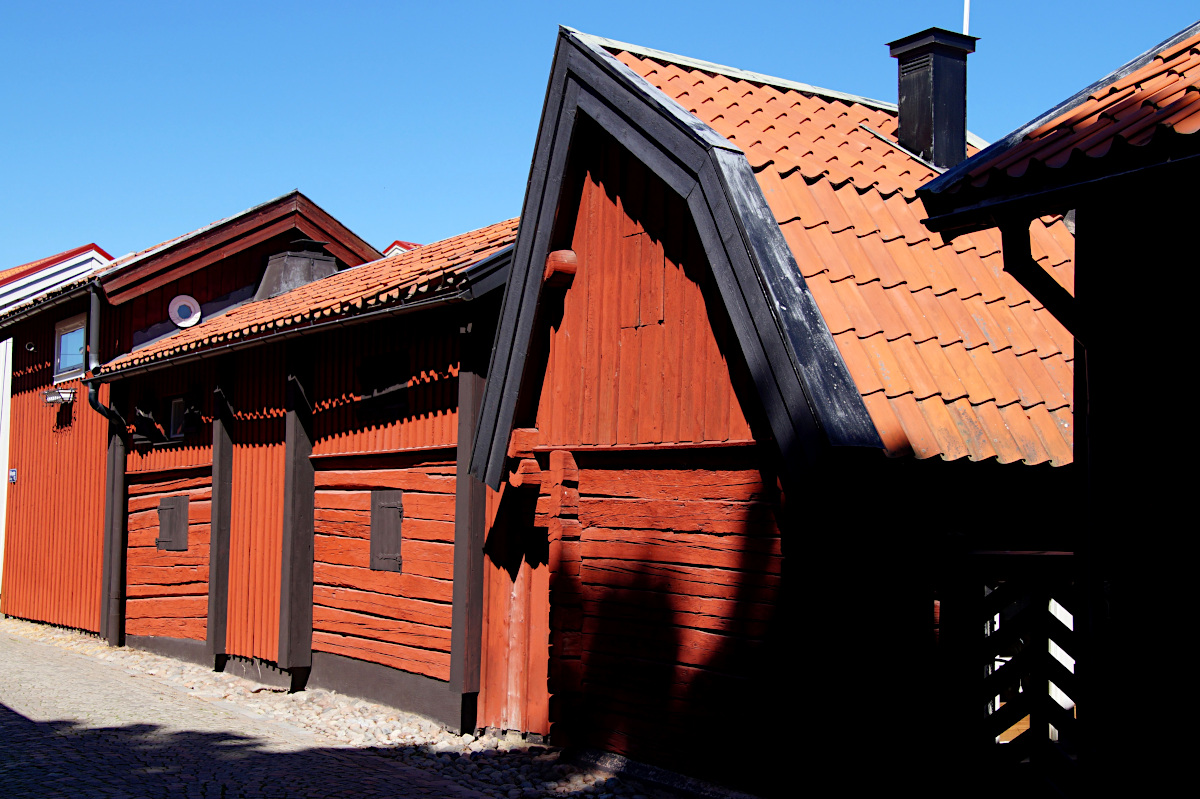
Kyrkbacken
The photo above is take at "Kyrkbacken", the historical part of the city. It is located right in the center and consists of older wooden houses in a maze of winding alleys, many of them painted in the typical red colour.
The typical red colour, which you can see a lot in Sweden, is a colour called Falu red or Falun red (in Swedish Falu rödfärg). The paint got its name from the copper mine at Falun (a city in the county of Dalarna) as the typical colour of the paint was caused by the residue from the copper mines. They started using this paint already in the 16th century and it got rapidly popular, as it was a perfect (and cheap) solution to give wooden buildings the same colour as buildings with a brick facing. But even as to this date, the colour Falu rödfärg is a very popular and can be seen all around the country side.
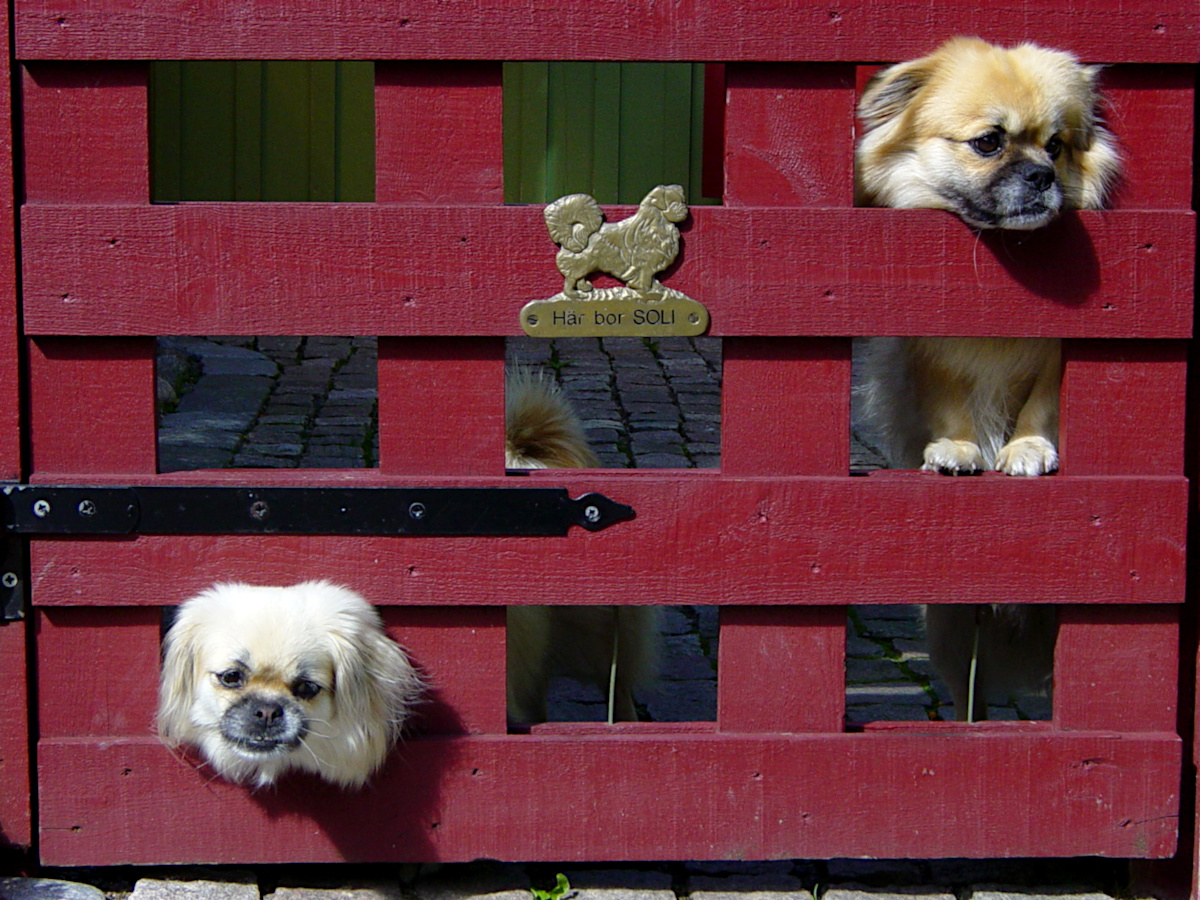
Curious dogs at Kyrkbacken

Strange isn't it how long it sometimes takes before you visit a place, especially when it is 'just around the corner'. I pass the Vallby Open Air Museum almost daily while commuting to work. All I need to do is take a few exits earlier from the main road to get here. But, now don't laugh, it has taken me over 15 years before my first visit! But it certainly will not be the last :-)
It is one of Swedish biggest Open Air Museums and there are around 40 historical buildings here. It all started in 1921 when the museum was founded. The Vallby Open Air Museum reflects life both in the city and in the countryside between the 17th and 20th centuries. As a visitor, you can experience how people lived and worked during those days, see animals they kept, plants and crops they cultivated in their gardens and field. Entrance is free.
You can find more impressions of my visit to Vallby on this page: Vally Open Air Museum.

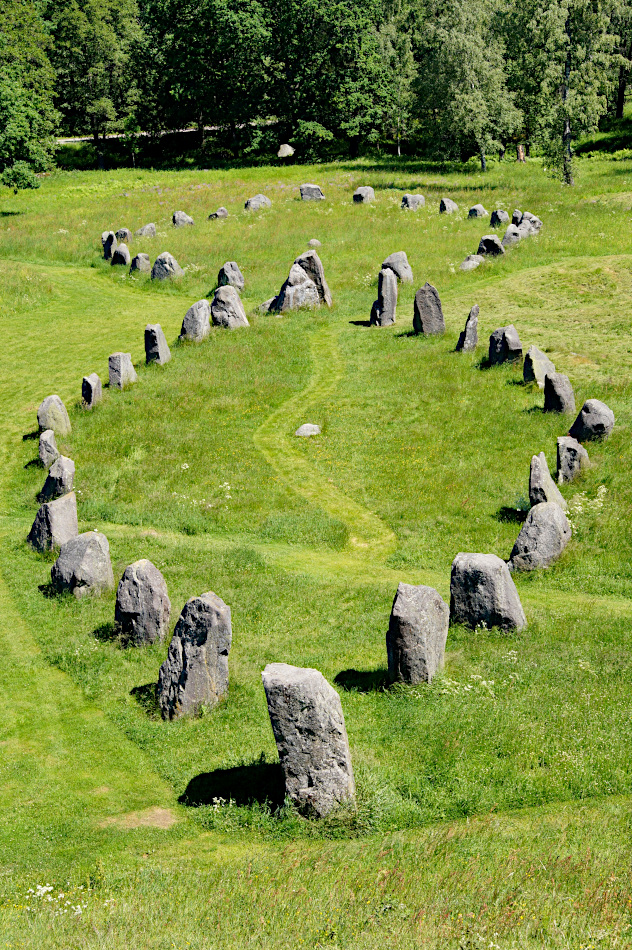
Stone ship
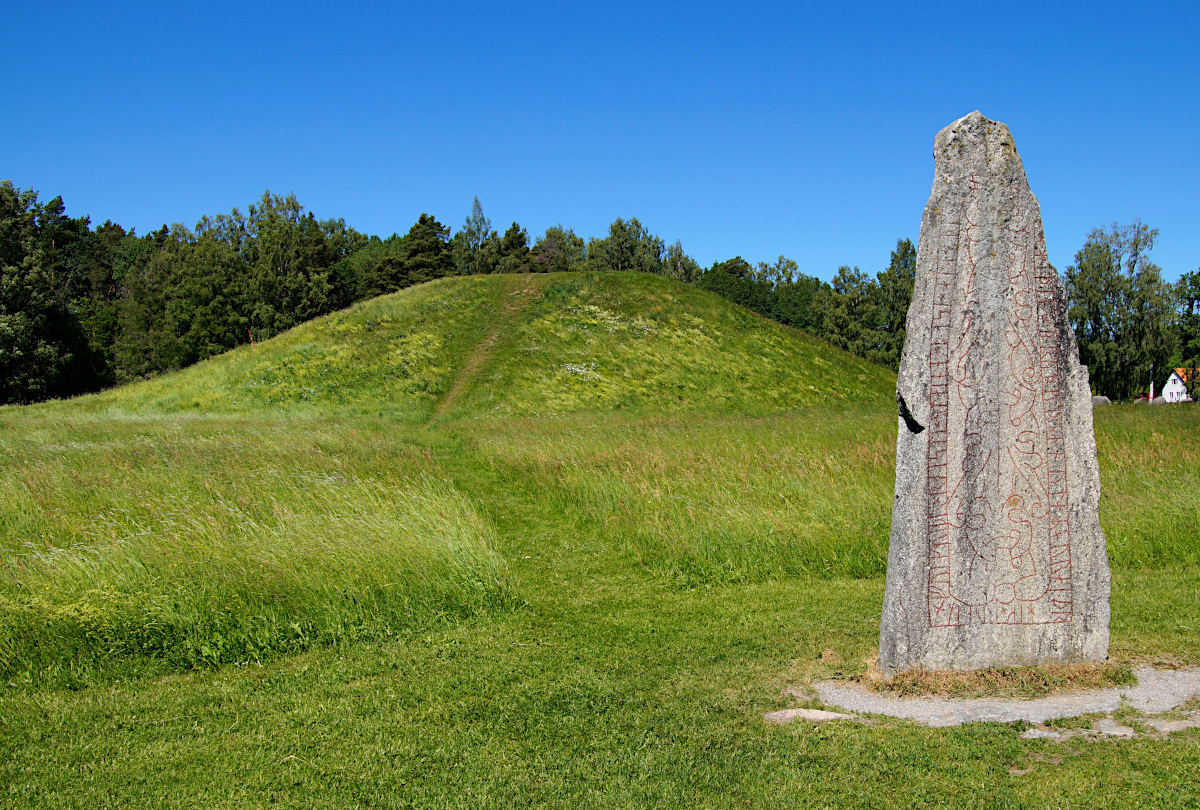
Burial mound Anundshög
Just outside Västerås, on the eastside of the city, is one of Sweden's most remarkable ancient monuments : Anundshög. Anundshög is a royal tomb from the 6th century, the largest of its kind in Sweden. It's a fantastic place to visit; if you are into these kinds of places that is. Some of you might describe it as dull, but I found this place so fascinating! You will get close to part of the life of the Vikings.
Nearby to the burial-mound of Anundshög there are a number of large grave mounds which indicates that this was an important meeting place for several centuries. There are also two very large stone-ships, graves in the shape of a Viking long ship. And last, but not least, there is also a runic stone from the middle of the 11th century.
There are signs from Västerås that direct you to Anundshög, so this historical site is not that difficult to find.
I made a separate page where you will find a more in depth impression of my visits to the Anundshög.
Simone & Åke, Västerås, Sweden

It would be great to hear from you!
You can reach me by sending me an Email.
Or leave a comment / reaction in the box below.
You can also follow me on Facebook: Sim1 around the World Blog
:-) Simone